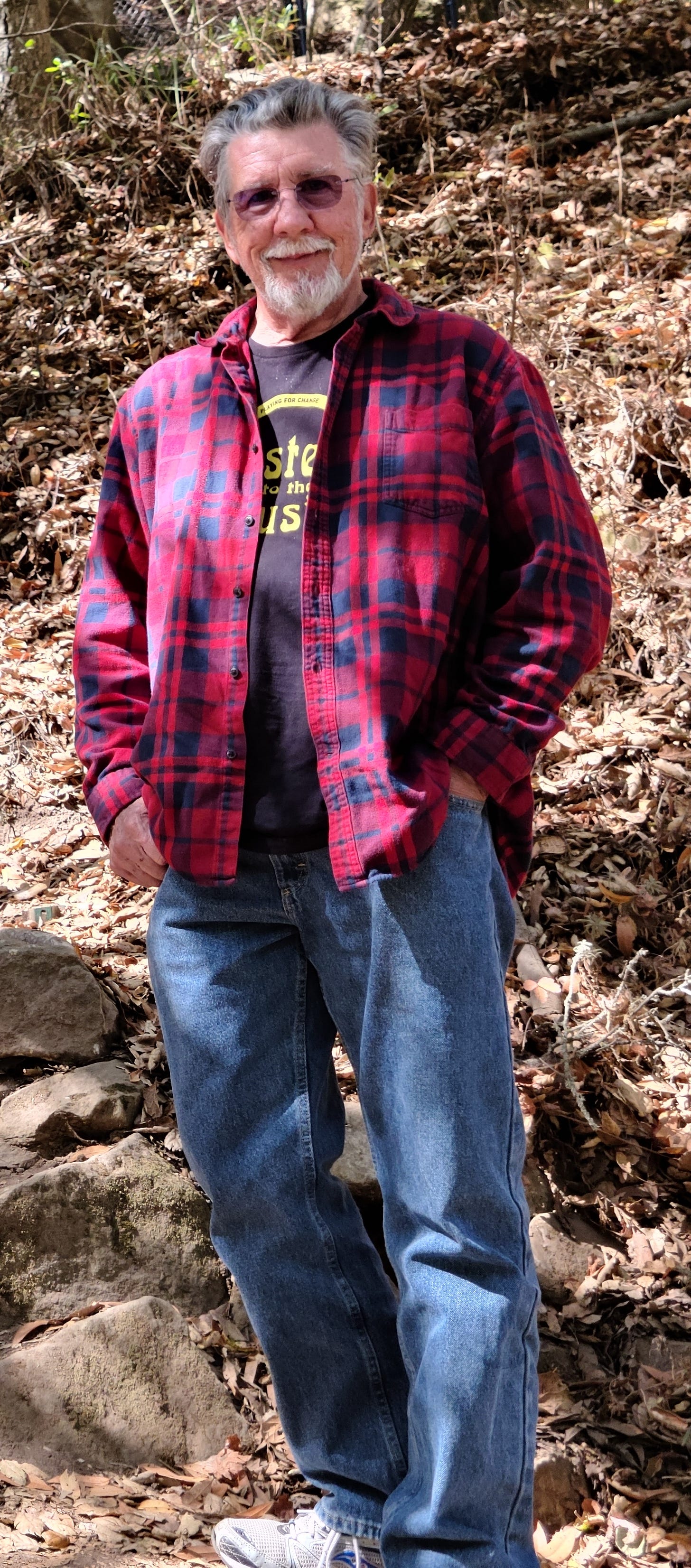In the second part of Jim Hasenauer’s perspective on E-bikes, he provides a policy overview of e-bikes, as well as a candid and honest personal viewpoint on e-bikes. It’s straight-talk, which is so refreshing. His insight of industry influence on the situation is concerning, the way I see it. If anyone from the “industry” reads this and wants to provide a perspective, please contact me.
Jim Hasenauer on why the Forest Service got it right …
E-bike policies:
And then came the pedal assist e-bike. They’re everywhere now, more are coming and they’re not going away. Land managers at all levels are scrambling to develop new policies. The industry and People for Bikes, the industry organization, has lobbied hard to define the e-bike as just another kind of bicycle. Their three-class schema helps to clearly distinguish speed, power and throttle capability (although there are a lot of off shore companies ignoring or skirting those categories.) In the dirt, lots of new riders will require socialization on etiquette and low impact riding, but that will come in time. We’ve done it before.
Let me say that I know that e-bikes are fun, low impact and have opened the door to thousands of new or returning riders, many who because of age or disability are enjoying the backcountry in ways they thought no longer possible. Any cyclist who has ever struggled with a hill will be thrilled with the boost an e-bike provides. Many of my friends ride e-mountain bikes. They’re law abiding, courteous and respectful. They go out at low power and ride 35-40 mile rides to reach places that I’ve always thought were just too far for me. I envy their adventures. When we ride together, they (mostly) ride slow enough that I can ride with them. I own a road e-bike. I’ll definitely own a mountain e-bike within a couple years.
Still, good policy should reflect reality. It makes sense to me to recognize that e-bikes, even with their small motors are qualitatively different machines than traditional muscle powered bicycles. How do we integrate e-bikes into the trail community smoothly? I agree with IMBA’s position that e-bikes should be seen as an independent trail use category with separate policies from traditional mountain bikes. IMBA supports “trail access for Class 1 eMTBs and supports shared use on trails as long as access is not lost or impeded for traditional mountain bikes.” As argued above, I’m worried that opening trails that have been closed to traditional bikes will become more difficult.
In 2019, the Department of Interior issued an order that the National Park Service, the Bureau of Land Management, the Bureau of Reclamation and the Fish and Wildlife Service had to issue interim policies to guide the use of e-bikes on public lands. They’ve each done so. While there are some subtle differences between the agencies, most often they allow class 1 and class 2 e-bikes (when under pedal assist) wherever regular bikes are allowed. E-bikes are not considered “off road vehicles” nor “motor vehicles”. It’s worth noting that there didn’t appear to be any pilot programs before issuing such a broad policy. Also of note is that this policy and the process that led to it have been challenged in court by groups who don’t want any kind of bike on NPS trails.
But wait. Most NPS trails are still closed to all bikes and in many cases, we’d like to open them. The process for opening new NPS trails is already onerous, time consuming and expensive. Does lumping e-bikes and traditional bikes together make it easier or more difficult to open those trails? I think more difficult, immeasurably so.
Here’s what the Forest Service did right. First, they had several pilot programs to evaluate the compatibility of e-bikes on non-motorized trails. It was on that basis that they finalized their guidance documents. They still define an e-bike as a motor vehicle, because industry spin notwithstanding, it is. They agree to use the three-class system in their policy development. They plan to create specific criteria by which e-bikes could ride on certain non-motorized trails and they empower their local land managers to make the final decision.
Awkwardly, if a current non-motorized trail is opened to e-bikes, they change the designation to a “motorized trail that allows e-bike motors only”. That’s weird, but it respects the important distinction between motorized and non-motorized. IMBA argues that this may present some funding problems since current programs tend to allocate to one type of trail or the other.
Over time, this approach will open many of the Forest’s trails, but it will be done in a way that engages the local trail community, considers local conditions, allows monitored development over time, and invites the socialization of a new and growing segment of the trail community. Essentially, it’s a “closed unless open” approach, but there’s a clear path to opening.
State and local land mangers are also developing new e-bike policies. I think the Forest Service guidance is the model to follow.






